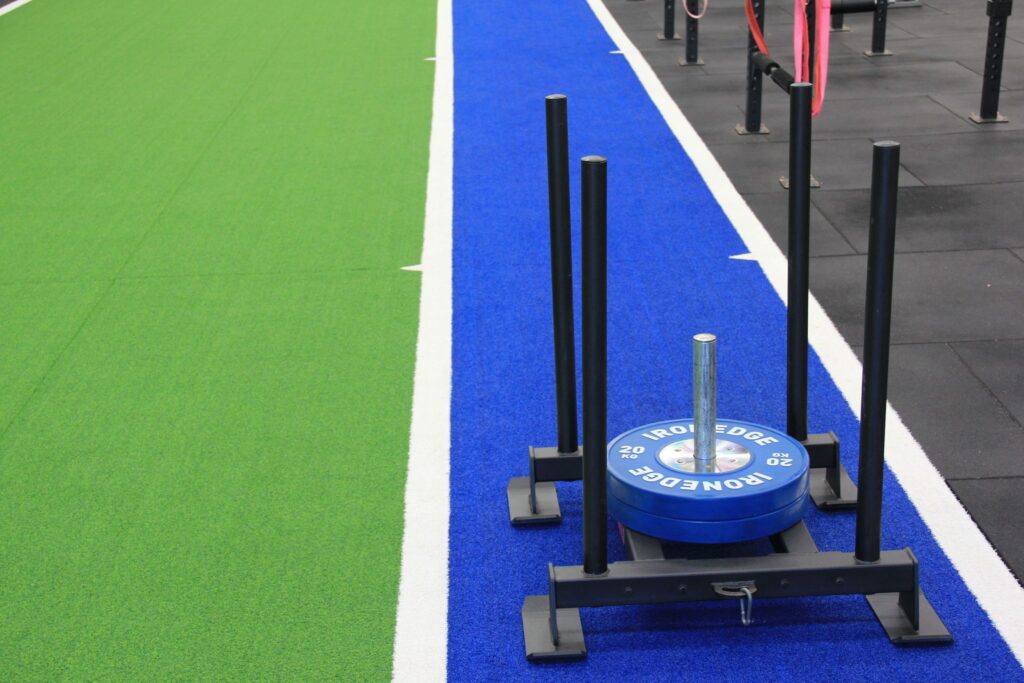The Conventional Deadlift - Time to Change it up?

The Conventional Deadlift has been a staple on the program card for an age, and it will continue to be. However, is it the best Deadlift option for you though?
There are many factors that go into finding the right option for you. Your height, arm length, leg length, mobility and body awareness are just some of the factors that go into this decision.
You could be an advanced lifter not seeing the progress you first saw when starting out on the deadlifts. You might just need some variety.
If you are unfamiliar with the benefit of variety and other training fundamentals and principles, I'd highly recommend reading the linked article.
So what are some of the alternatives to a barbell conventional deadlift?
1 - Trap Bar Deadlift
A must have for any gym. The shape of the bar allows you to stand inside it, meaning the weight is around you rather then in front of you. This provides a more natural position. It makes it easier to teach the deadlift pattern and allows your torso to remain more upright, making it much more comfortable.
The trap bar is perfect for everyone. Straight forward for those learning the deadlift. Easier on those who are training around injuries. Perfect for those needing a happy medium between a squat and deadlift. The trap bar can also be used to overload the movement, as you can (arguably) lift more with a trap bar then a straight barbell.

2 - Rack Pull Deadlift
If you've ever struggled locking out a heavy weight at the top of the deadlift - this is your go to.
The rack Pull essentially is just the top 1/2 or 3/4 of the deadlift. It is a deadlift from an elevated position. This is great for strengthening the top 1/4 / lock out of the deadlift. You can easily overload the lock out phase of a deadlift with Rack pulls by lifting more weight then you can deadlift from the ground up. This can then transfer back into the Conventional Deadlift.
How else can the rack pull be useful? I have personally found it an essential asset when teaching new clients how to hinge correctly. You can set the rack pull just below knee height, set them in position and let them get familiar with it. An easy way to progress to a full conventional deadlift is to lower the height of the rack pull or spotting arms each session.

3 - Romanian Deadlift
The Romanian deadlift (RDL) is essentially a top down deadlift, by this I mean you start the movement from a standing position and work your way down. This is a great tool to use to increase strength and hypertrophy with eccentric loading.
An easy way to compare the RDL to the conventional deadlift is to look at the movement. Its essentially a similar movement pattern, but more concentric loading for the conventional and more eccentric focus for the RDL.
The RDL is a good tool to hit those specific weaknesses you may be facing with the Deadlift, such as Grip Strength, Core Tightness (during the lift) and overall strength.

4 - Sled Push
Wait what? Let me explain..
The Heavy Sled Push goes through very similar biomechanical movements as a deadlift. Main difference here is there is 0 eccentric load and doesn't require the skill and mobility that a deadlift does. This is a great exercise that doesn't require the technical skill a deadlift requires. This is one exercise you can really load up and push a large amount of weight without any real limitations. If you set yourself up correctly you can load the hips a lot more than your quads.
The lack of technical skills required to perform the sled push makes it difficult to develop an injury. Injuries often occur in the gym when people are lifting with poor technique. This means the sled push is much safer to load heavy with less risk of getting injury, simply because the technique is less of a barrier. The sled push is also a safe alternative to the traditional spinal loading that you get from barbell squats and deadlifts.

5 - Hip Thrust
Normally used as an accessary to the deadlift to help strengthen the Glutes. The hip thrust can also be used as a substitute to the Deadlift. The Hip Thrust is a glute exercise designed to teach optimal hip extension which will improve your strength, speed and power.
The hip thrust can be a great way to add size and strength to the glutes during times when you cannot deadlift. The hip thrust can also further enhance deadlifting and squatting performance by improving hip extension abilities.
To learn more about how to hip thrust - look here

Summary
As mentioned above, a good program will have you doing different variations of deadlifts and hip extensions exercises. Variety after each training phase is key. Variation doesn't always need to be a change in sets, reps or load. changing the exercise to a slightly different variation will work wonders in working towards your goal.